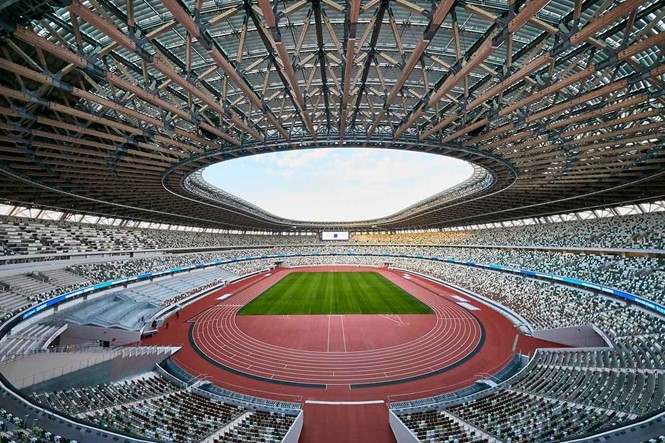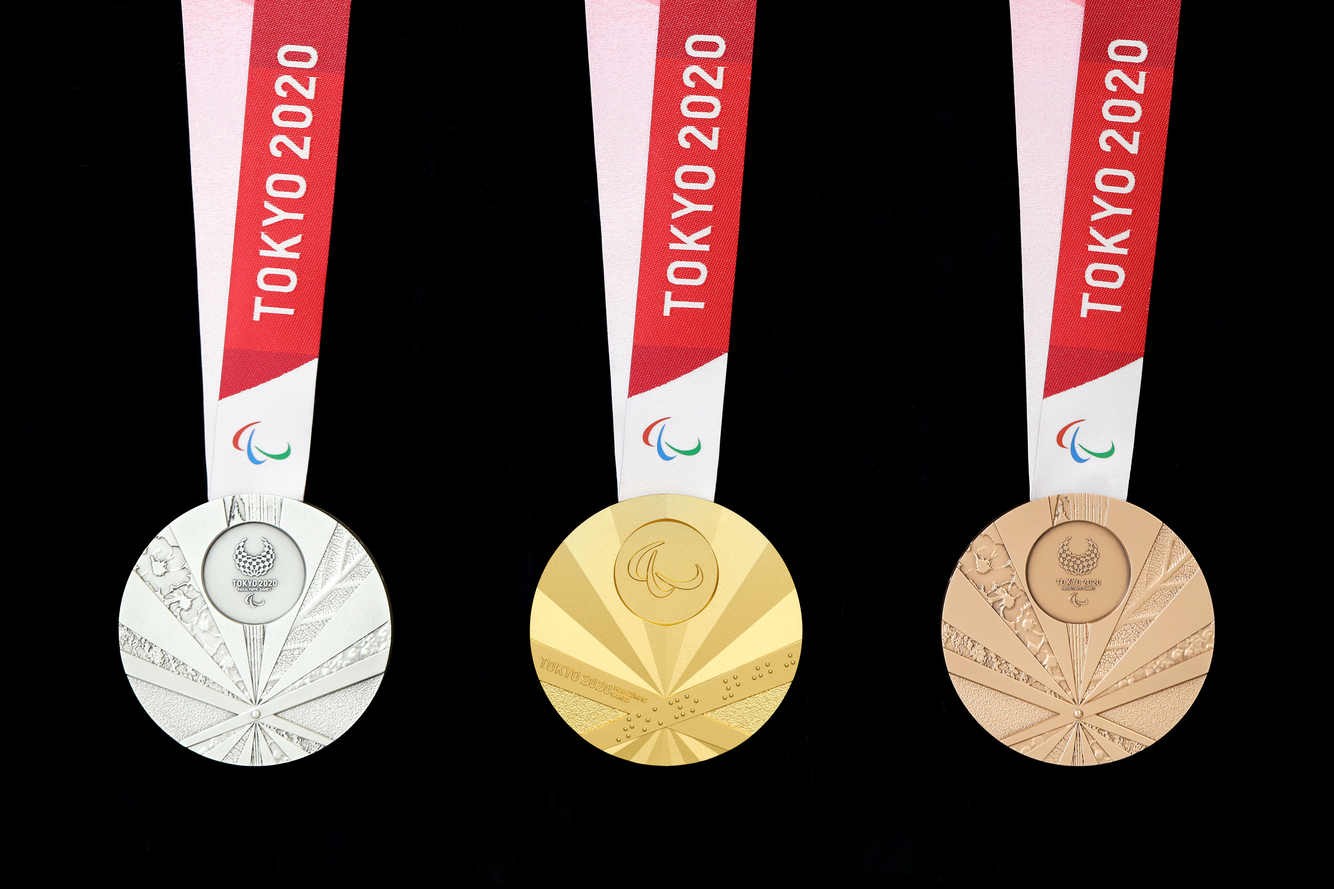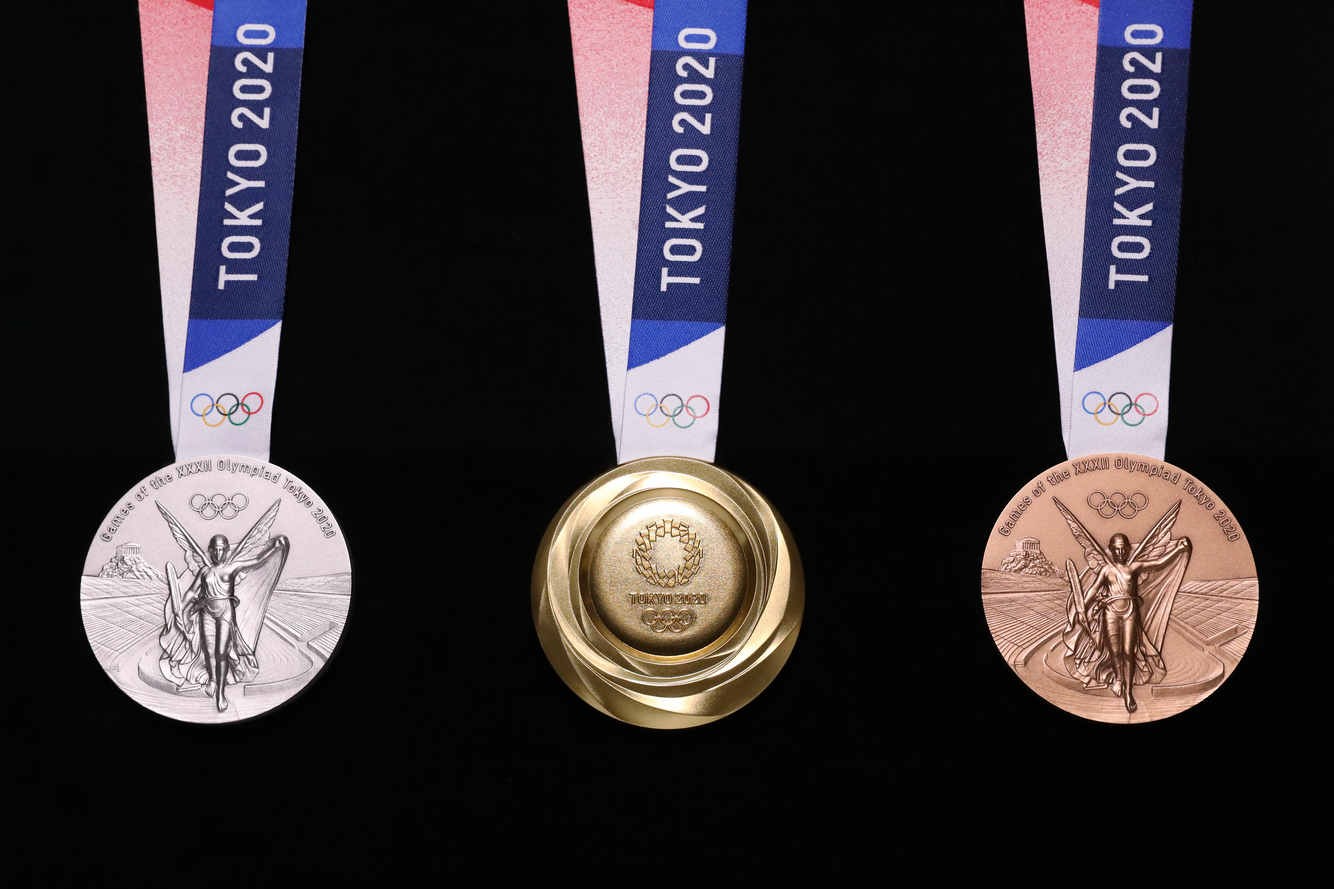Sustainable futures: Tokyo 2020

The Tokyo Olympics are only a few months away. One of the commitments that has defined the Games to this point is its positioning on sustainability. Brittany Golob explores Tokyo 2020’s environmental strategies and the ways in which it is turning the Games green
In December 1997, the Toyota Prius launched in the Japanese market. It made an impact in its home country before being sent into the wider world. The breakthrough hybrid vehicle has since been the flag-bearer for a more energy-efficient automotive industry. It wasn’t the first to explore hybrid technology, nor is it alone in doing so. But its ability to stand for a different way of doing things has opened the door for manufacturers
the world over to introduce sustainable technology into their products.
In the 2018 Environmental Performance Index, which examines the sustainability and environmental performance of countries, Japan ranked 20th, making it the highest-ranked east Asian country on the list. This also makes it the highest performing country, next to the UK, of the Olympic hosts of the past decade. Brazil, Russia and South Korea are all ranked 52nd and lower. Building on its national standing, Japan is attempting to do for the the 2020 Olympic Games in Tokyo what it did for the automotive industry: put environmental issues at the centre of the development strategy.
The Games will feature creative uses of energy, recycled materials and resources while promoting an overall sustainability strategy, ‘Be better, together – For the planet and the people.’ Tokyo’s organising committee won’t be the first to integrate sustainable elements into its plans for the Games, but it certainly will be the one to push for an entirely environmentally friendly games, rather than one with a simple nod to sustainability.
Former UN Secretary General Ban Ki-moon, who oversaw the implementation of the Sustainable Development Goals (SDGs) says the SDGs were designed for the member states to take ownership of. “It’s important that member states have strong ownership. These are their SDGs. These are my SDGs. If they can also show that they have strong ownership, it has left the United Nations.” That is exactly what Japan is intending with these Games, to take ownership of the SDGs and make real change in terms of event management and mitigating the impact large scale events have on the environment.
The commitment dates to 2013 and the Japanese capital’s initial host bid. Throughout the life-cycle of the event, from planning and construction to implementation and post-event legacy management, sustainability was built into the very fabric of the Tokyo Games.
Arguably the most visible elements of that strategy will be the venues themselves. Every venue used at the Games will be powered by 100% renewable energy. Some of the venues, including the three permanent sites – the refurbished 1964-era Olympic Stadium, the volleyball and wheelchair basketball site, Ariake Arena, and the Tokyo Aquatics Centre – will feature built-in renewable power generation sources like solar panels or geothermal systems.
The Ariake Arena is one that is not only powered by renewable energy sources, but features an architectural design that belies the need for high-energy air conditioning and lighting. One of the key elements of the Tokyo 2020 sustainability strategy is human rights. To that end, the Ariake Arena is also an accessible venue with features supporting families with young children, guide dogs, wheelchair users and accessible toilets.
The Olympic Stadium is not the only Olympic venue to be billed as a long-term civic investment. London’s Queen Elizabeth Olympic Park has continued to provide Londoners with leisure and sporting space since 2012. Los Angeles’ Memorial Coliseum dates back to 1923 as a prominent venue of the 1932 and 1984 Olympic Games. It is in near-constant use during the NFL and NCAA football seasons and will be used in the forthcoming 2028 Olympics when Los Angeles hosts for the third time.



But in Tokyo’s case, sustainable design was a key element of the renovation. Architect Kengo Kuma intended the stadium to integrate into the green space surrounding it. He crafted the building from wood and greenery, dubbing it a ‘living tree.’ Tokyo 2020 CEO Toshiro Muto says, “We believe the stadium will become an irreplaceable legacy – a place that will allow people to spend healthy and fulfilling days enjoying sport for another 50 years or even longer. With this in mind, we will continue our preparations for hosting the best Games ever.”
But the venues are only the setting. The Games will be imbued with strategies that seek to minimise the impact they will have on the environment. Tokyo 2020 will indeed be using a fleet of Toyota plug-in hybrid and fuel-cell vehicles to encourage the use of hydrogen automobiles. The unforgiving target is that 100% of the passenger cars used during the Games will be low-pollution and fuel efficient. Toyota will also delivered innovative mobility solutions designed to improve accessibility for all during the Olympic and Paralympic Games.
Similarly embracing Japan’s electronics manufacturing tradition, the Olympic and Paralympic medals themselves will take a unique approach to sustainability. Medal design has always been a way for the Olympic host to express its particular character to the Games. Lillehammer’s medals were crafted from pieces of local granite, while some of Sochi’s medals included pieces of meteoric chondrite. The Tokyo medals will be made entirely of metal sourced from recycled consumer electronics. This was carried out with the help of approximately 78,985 tonnes of recycled consumer electronics from across Japan, yielding 32kg of gold, 3,500kg of silver and 2,200kg of bronze. This builds on former host Rio’s strategy of featuring recylced material in its medals.
Kohei Uchimura, a Japanese gymnast and seven-time Olympic medalist, said, “Computers and smart phones have become useful tools. However, I think it is mottainai [wasteful] to discard devices every time there is a technological advance and new models appear. In the field of sport, gymnastics techniques too have evolved as a result of the efforts made by athletes in the past. Tokyo 2020 Olympic and Paralympic medals will be made out of people’s thoughts and appreciation for avoiding waste. I think there is an important message in this for future generations.”
The torches contain recycled aluminium and are powered by hydrogen. The torchbearers will wear clothing crafted partially from recycled plastics. Plastic waste recovered from the sea will comprise the podiums. Athlete beds will be made from recyclable cardboard. The list goes on.
Tokyo 2020 may not be the first to do these things. It may not be the first to include sustainability as a core part of its Olympic bid and implementation strategy. But it will not be the last. 2020 will be a seminal year for global sustainability efforts. One of the world’s most high-profile events will highlight this narrative and, like the Prius did in the late 1990s, may show the world that the possibilities for a more sustainable future are everywhere.
Photo credit: Tokyo Organising Committee for the Olympic Games












